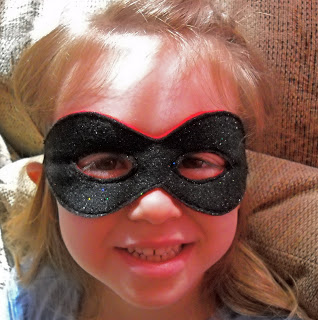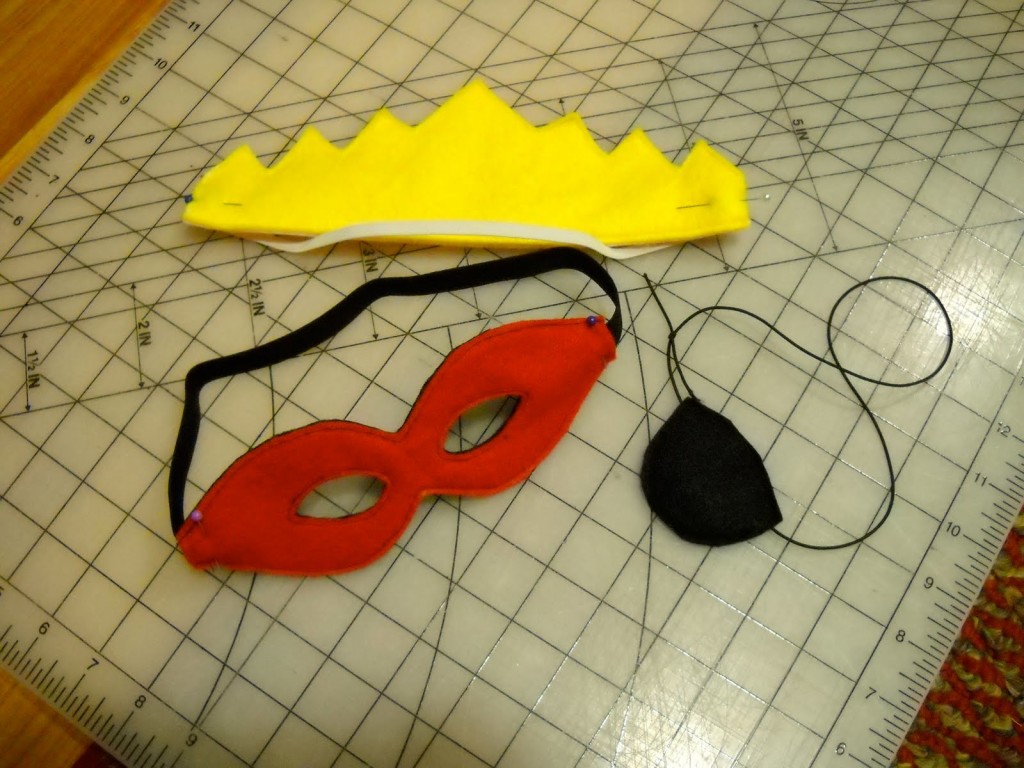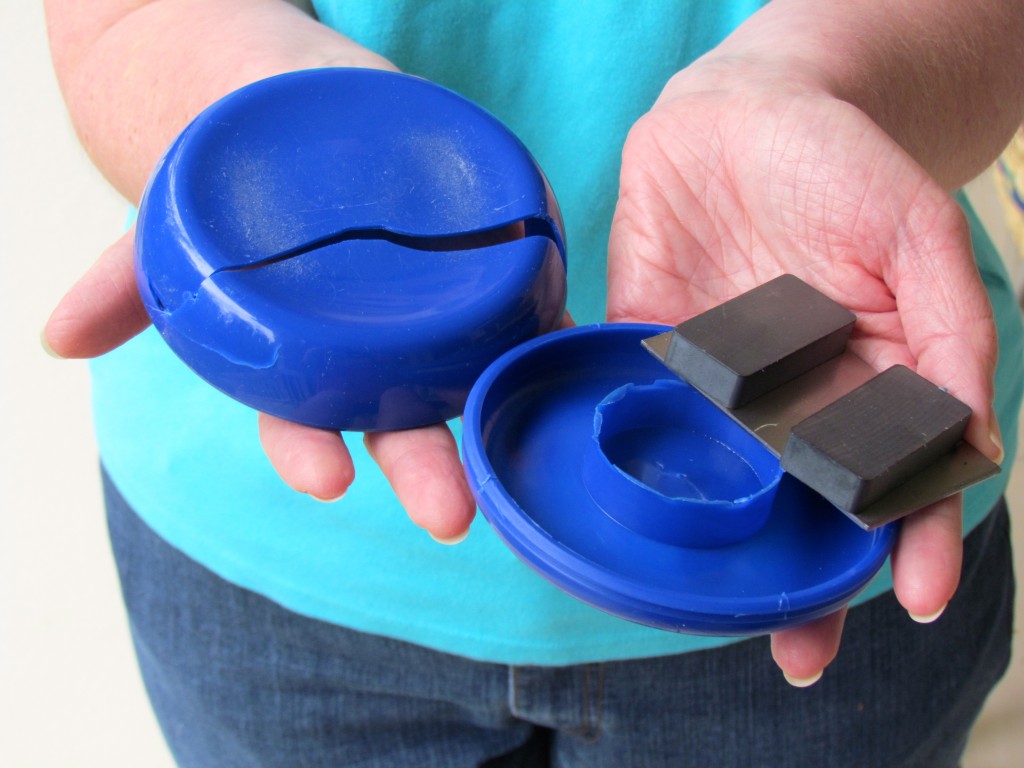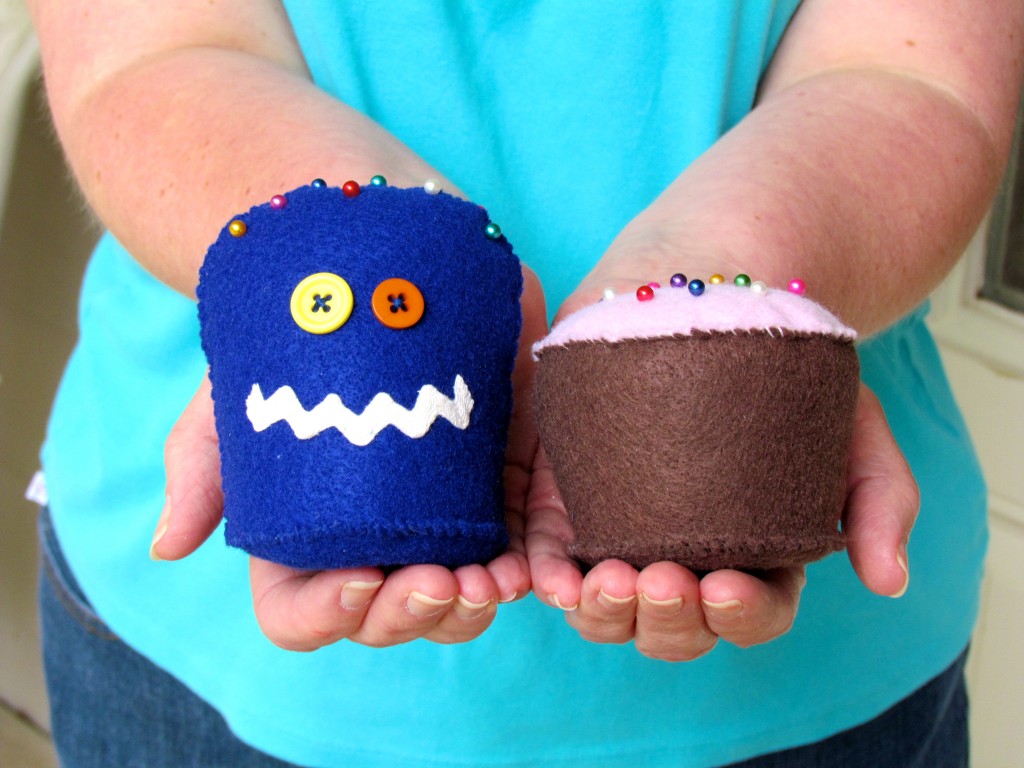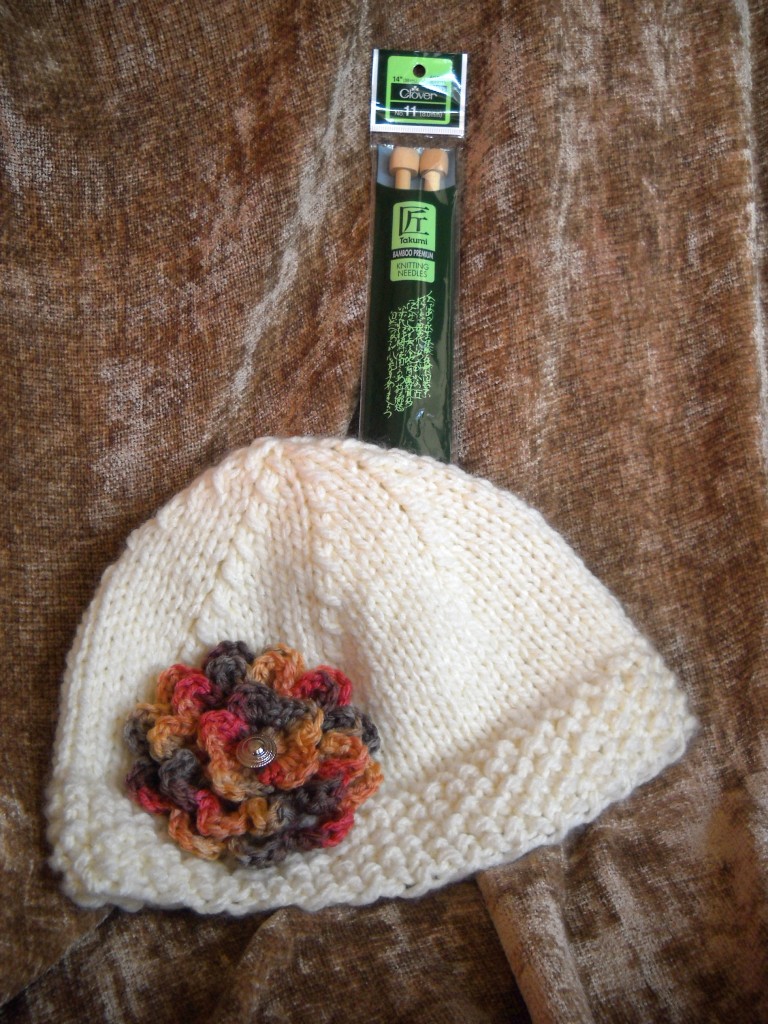Here’s another free project I’ve moved over from my old blog, original post date was 12/22/09. Enjoy!
Today’s quick kids’ gift is actually three – the construction is so similar, I decided to lump them all together. There’s a superhero mask, a crown, and a pirate eye patch. As always, read through the instructions to the end before you begin! I show the project on the sewing machine, but this could be done by hand sewing. You’ll need some pieces of felt and elastic, a fabric marking pen or chalk, and of course thread.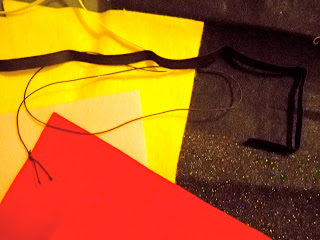
And here’s your pattern, to print. Since the size is rather critical on this project, I’ve included a 1″ square on the page so you can make sure it’s the right size.
This project is easily made reversible, as each is two layers of felt. Just use different colors for the front and back, and it’s like having two of each! Layer your two pieces of felt (wrong sides together, if it has a right and wrong side) and pin on the pattern. Also pin the fabric together outside of the pattern area. Trace around the patterns using your favorite fabric marking implement. Don’t cut it out yet!
Remove the patterns, but not the pins holding the two layers of felt together. Stitch just inside the lines you’ve drawn, as they are your cutting lines. Leave a gap in the stitching at the areas marked “leave open” on the pattern. This is where your elastic will go.
It should look like this after stitching:
Now we cut. Trim on the drawn lines, being careful not to cut your stitching. Also cut on the lines at the spots you left open for the elastic.
Now measure and tuck your elastic into the openings. Ideally, you should try it on the child; but if it’s a surprise, you can’t do that. Bev’s Country Cottage has an excellent reference page with all sorts of measurements that should help. Remember that elastic needs to be a bit smaller than the actual head measurement to fit well.
Once you have the elastic cut to the proper length and tucked into the openings, take it to the sewing machine and stitch back and forth over the opening to secure the elastic.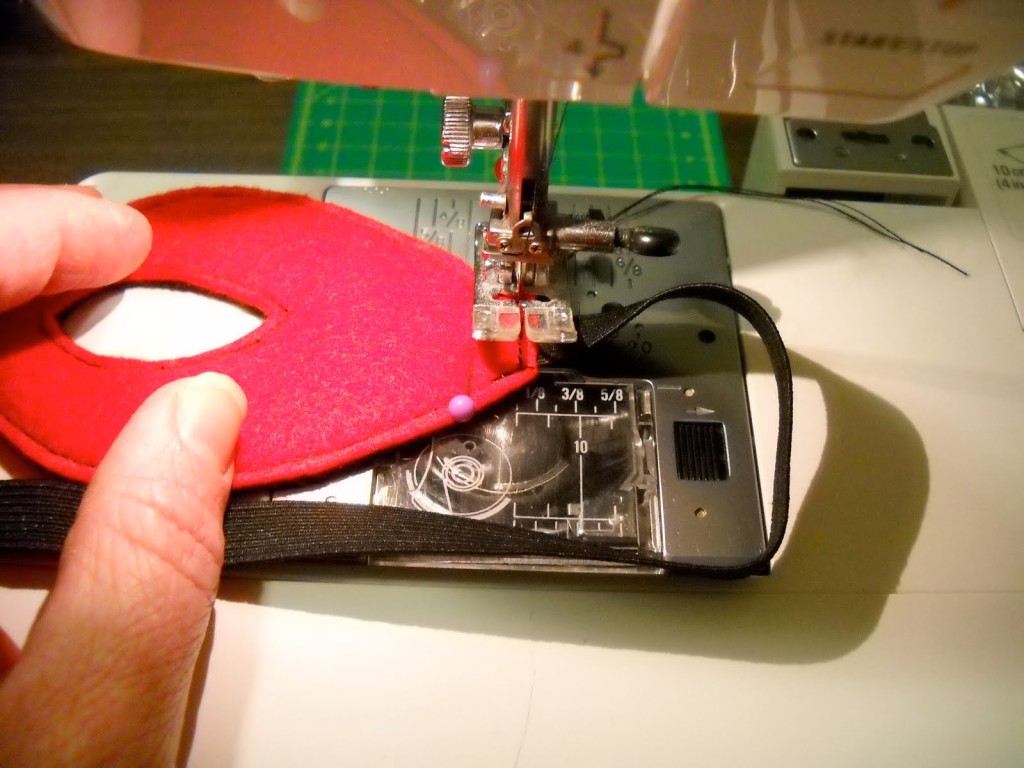
And here’s the reverse side: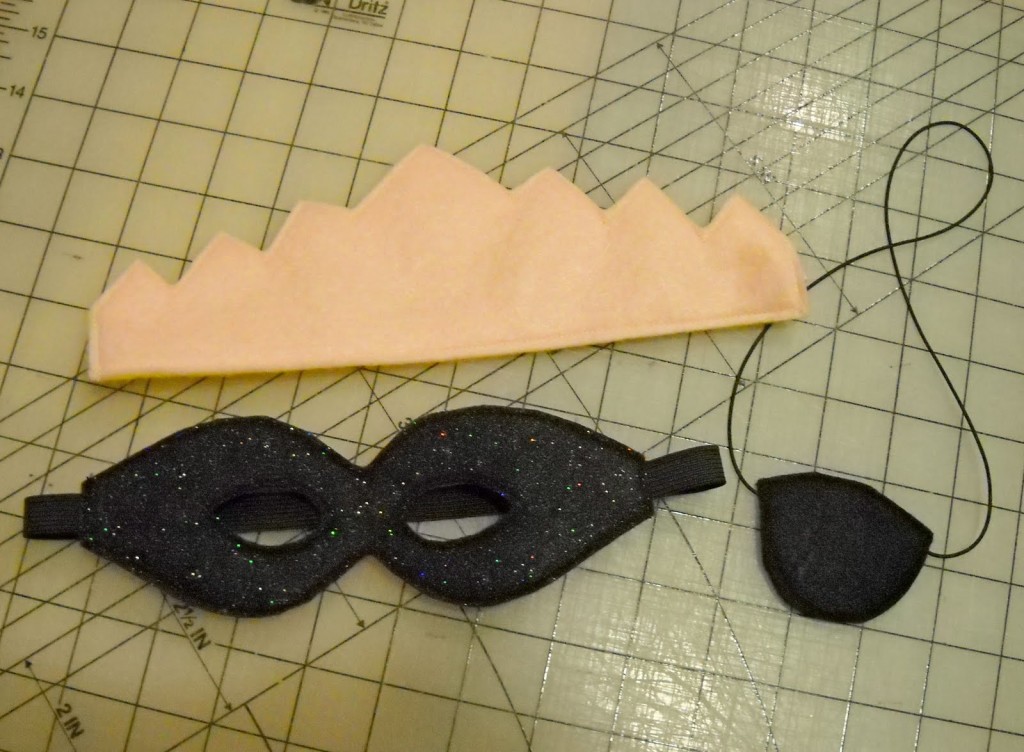 Feel free to embellish as you like, especially the crown!
Feel free to embellish as you like, especially the crown!

